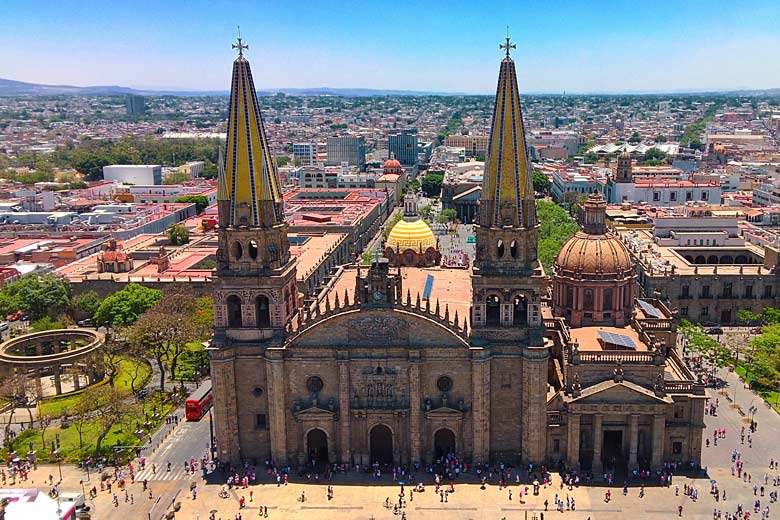- Save up to 50% on 2026 holidays & tours with Travelbag
- Book selected stays in popular destinations around the world
- Travel between 1st Jan & 31st Dec 2026 (inclusive)
Fiji weather by month
Check out Fiji weather averages by month. Compare detailed monthly climate statistics including temperature, rainfall and sunshine figures.
| Jan | Feb | Mar | Apr | May | Jun | Jul | Aug | Sep | Oct | Nov | Dec | |
|---|---|---|---|---|---|---|---|---|---|---|---|---|
| Maximum daytime temperature °C |  30 30 |
 30 30 |
 30 30 |
 29 29 |
 28 28 |
 27 27 |
 26 26 |
 26 26 |
 27 27 |
 27 27 |
 29 29 |
 29 29 |
| Hours of sunshine (daily) | ||||||||||||
| Days with some rainfall |  18 18 |
 19 19 |
 22 22 |
 20 20 |
 19 19 |
 18 18 |
 19 19 |
 19 19 |
 17 17 |
 17 17 |
 17 17 |
 17 17 |
| Sea temperature °C |  28 28 |
 28 28 |
 28 28 |
 28 28 |
 27 27 |
 26 26 |
 25 25 |
 25 25 |
 25 25 |
 26 26 |
 26 26 |
 27 27 |
More about Fiji
Fiji by month
Jan Feb Mar Apr May Jun Jul Aug Sep Oct Nov Dec
Recommended for Fiji
Expires at 23:59 on Saturday 31st Jan 2026 · View all Travelbag offers
The climate guide for Fiji (Suva) shows long term monthly weather averages processed from data supplied by CRU (University of East Anglia), the Met Office & the Netherlands Meteorological Institute. Find out more about our data sources.
Top Fiji destinations
Below are average maximum temperatures at popular countries, regions and places in Fiji for next month - January. Select a destination to see the climate guide for all months of the year.
All Fiji destinations
Metric (°C / mm) | Imperial (°F / inches)
Fiji climate overview
Fiji is an archipelago of over 300 islands in the south-west Pacific about 1,200 miles north of New Zealand. It lies within the tropics at approximately the same latitude as Cairns in Queensland and has a tropical climate with rainfall in all months of the year.
Indigenous Fijians make up just over half of the population, the remainder are mainly descendants of Indians who came over in the late nineteenth and early twentieth century to work on the sugar plantations.
Many of the smaller islands of Fiji are coral atolls, less than half of which are inhabited, but the two main islands of Viti Levu and Vanua Levu are volcanic in origin and make up about 90% of the land area of the whole country.
The interiors of both these larger islands are mountainous and densely forested while the valleys and coastal plains are all heavily cultivated, mostly with sugarcane. In coastal areas plantations of coconut palms are common.
The number of good beaches on both Viti Levu and Vanua Levu is limited by the many reefs and mangroves that line the coasts. However on the smaller islands, particularly Mamanuca and Yasawa to the west of Viti Levu, and Rotuma, nearly 600 kilometres (370 miles) to the north, there are plenty of spectacular white sandy beaches.
The climate of Fiji is typically tropical with fairly constant temperatures year-round. The Southern Hemisphere summer, which runs from November to March, is when Fiji receives most of its rainfall. Rain generally blows in from the south east on the trade winds, and falls most heavily on the windward side of the larger islands.
The capital Suva, on the east of Viti Levu, receives annually almost twice the amount of rainfall as Lautoka where the main airport is located in the west. The northern and western shores of these larger islands also receive more sunshine than the south east, particularly between May and October when there can be significantly more sunshine in the west.
Overall the wettest month is usually March and the driest month is almost always July. Daytime temperatures are warm to hot throughout the year peaking in January and February, and heat and humidity is high between December and April.
Fiji lies within the South Pacific cyclone belt, but cyclones are rare, with only about one coming anywhere close to the islands each year. Earthquakes are however fairly common and are accompanied often by landslides and tsunamis.
Compare Fiji with the UK
Below the Fiji chart shows average maximum daytime temperature for Fiji (Suva) and the UK (London).
Maximum daytime temperature (°C)
Metric (°C / mm) | Imperial (°F / inches)
Be inspired
Get your weekly fix of holiday inspiration from some of the world's best travel writers plus save on your next trip with the latest exclusive offers
We promise not to share your details
Related posts
Popular travel offers
Explore holiday destinations
- Beach holidays
- City breaks
- Family holidays
- Half term holidays
- Spring holidays
- Summer holidays
- Autumn holidays
- Winter sun holidays
- Honeymoons
- Coolcations
- Compare places
- Ski resorts
Save with latest deals & discounts
- Holiday offers
- Top travel brands
- Airlines & flights
- Discount hotels
- TUI
- Jet2holidays
- Neilson
- Marella Cruises
- Pierre & Vacances
- Caledonian Travel
- Club Med
- Boxing Day sales
Airport parking
- Manchester Airport
- Stansted Airport
- Bristol Airport
- Luton Airport
- Birmingham Airport
- Edinburgh Airport
- Gatwick Airport
- Glasgow Airport
- Newcastle Airport
Airport lounges
- Manchester Airport
- Birmingham Airport
- Bristol Airport
- Edinburgh Airport
- Glasgow Airport
- Heathrow Airport
- Newcastle Airport
- Stansted Airport
- Gatwick Airport


















